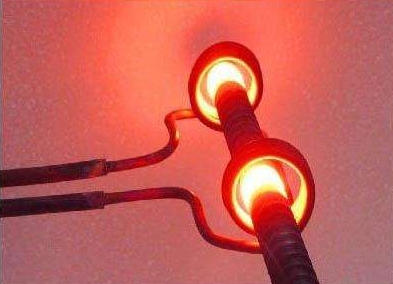- 10
- Jun
Introduction to the structure and composition of CNC quenching machine tools
Introduction to the structure and composition of CNC quenching machine tools
(1) Frame: The frame is the main basic part of the quenching machine tool. It must have sufficient rigidity and the structure should be simple. The manufacturing material should be welded by cast iron or section steel, and rust prevention and water discharge should be considered. The frames of vertical quenching machine tools are frame type, column type and gantry type; the frames of horizontal quenching machine tools are rotary type, lathe type and desktop type.
(2) Lifting mechanism: At the same time, when the induction heating equipment is quenched, the lifting mechanism is not only convenient for loading and unloading the workpiece, but also can quickly descend into the quenching cooling medium to cool the workpiece; during continuous induction quenching, the workpiece and the inductor are continuously moved relative to each other, lifting and lowering. The speed of the mechanism can be adjusted continuously and has a quick return function. The displacement accuracy of the machine tool should meet certain requirements.
(3) Rotating parts: In order to make the induction heating uniform, the circular workpiece should be rotated during heating. The rotational speed of the quenching machine tool is continuously adjustable, and the rotational accuracy of the machine tool should meet certain requirements.
(4) Workpiece clamping device: The workpiece clamping device should be easy to operate, safe and reliable, and reduce the quenching deformation of the workpiece (such as a slender shaft). In the case of mass production, the multi-station clamping structure should be considered; the automatic quenching machine should also be equipped with an automatic workpiece loading and unloading device to improve the utilization rate and productivity of the equipment.
(5) Control instruments: There are displacement gauges, tachometers, quenching cooling medium flow meters, water pressure gauges and thermometers on the quenching machine workbench to implement process parameters, detection and program control.

